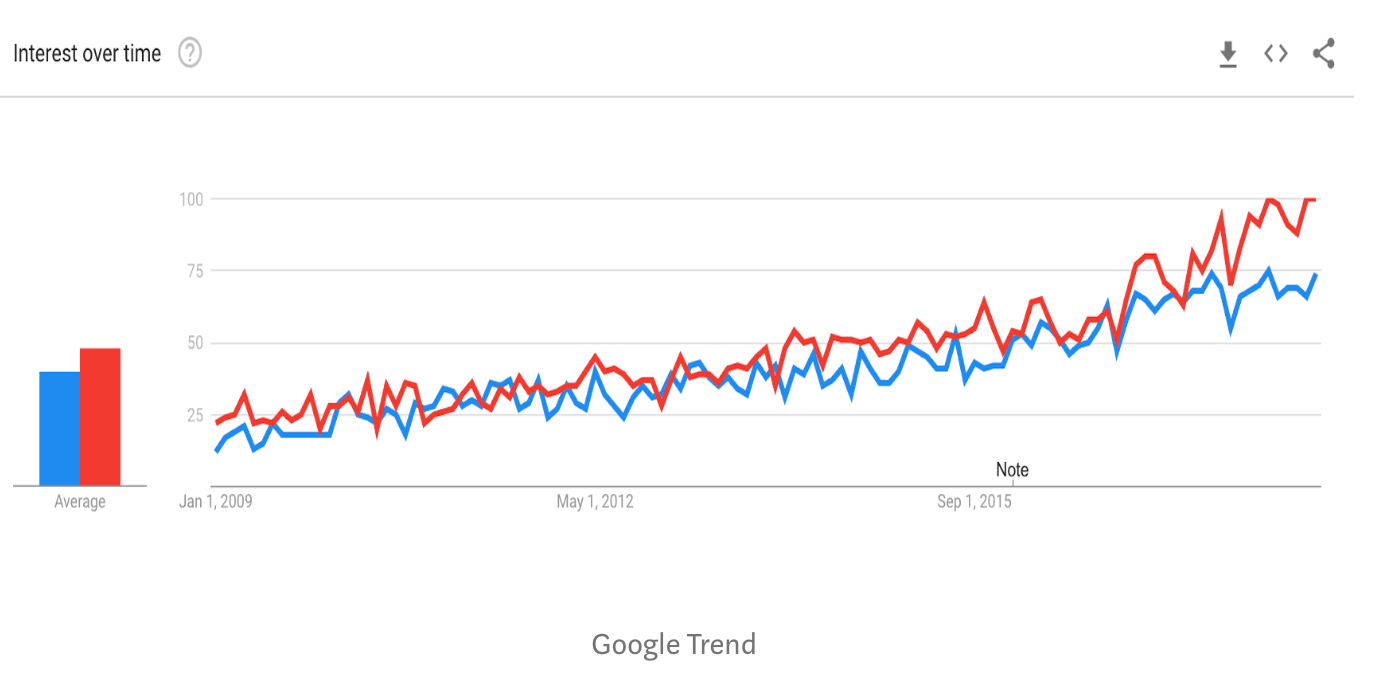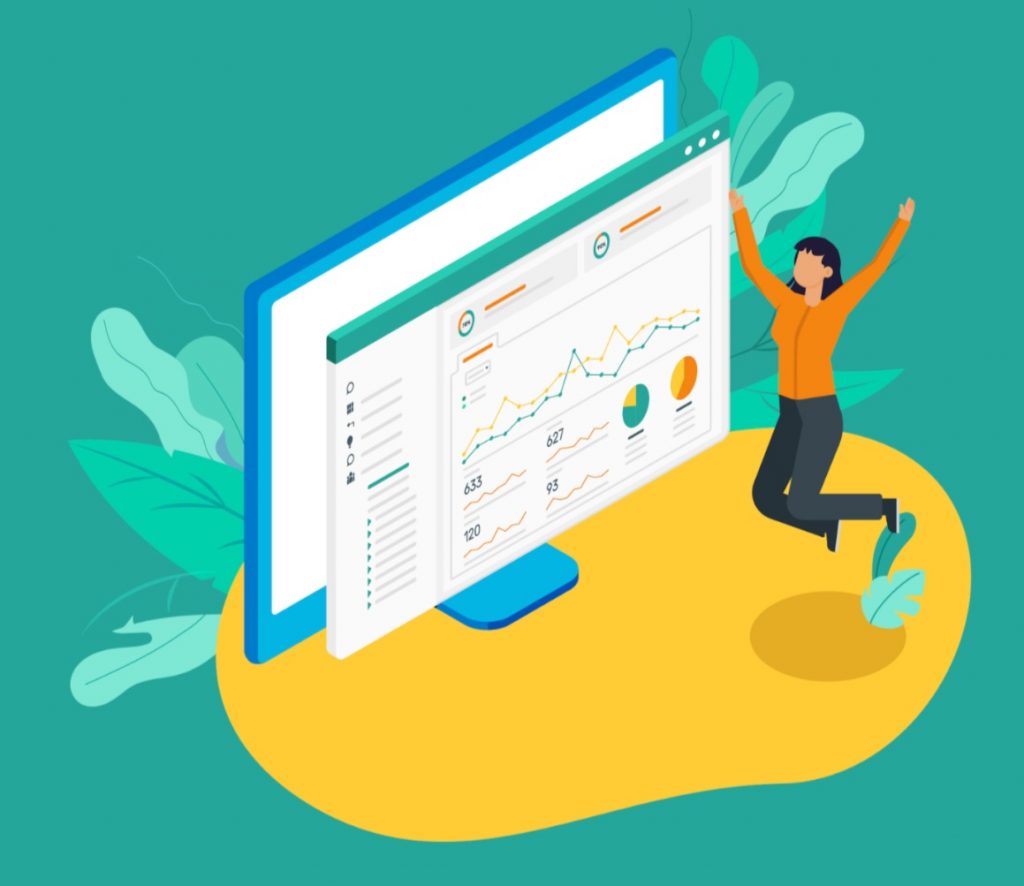Redefining Employee Experience through People Analytics

This article was originally written by Abdel-Rahmen Korichi, the Head of Data Science at Panalyt
Just as every connection a brand has with a consumer creates a total Customer/User Experience, every touch-point your company has with candidates and employees creates a total Employee Experience. Business leaders are starting to realize the importance of the Employee Experience to their company culture, and how it can impact their success.
This awareness is reflected in the emergence of People Analytics, which has become increasingly important during the recent years and seems to be the latest hot topic in Human Resources.
The interest in both issues has been growing quasi-simultaneously according to Google Trend:

Awesome! But that does not tell us why it is such a big deal for companies.
Why Employee Experience Matters
Employee Experience refers to the sum of all interactions an employee has with his employer. It is the day-to-day interactions that define an employee’s working life.
Actively considering the end-to-end impact of each people-related decision and continuously managing that experience creates a culture of engagement and high performance and an environment in which employees want to work and succeed. There is a wealth of research out there to show how improvements in the Employee Experience impact every part of the business, from better engagement to higher productivity.
In a recent study by Deloitte, nearly 80% of executives rated Employee Experience as being very important. For Credit Suisse, reducing attrition by 1% resulted in savings ranging from USD 75 million to 100 million per annum (Recruiting Daily, April 2015).
Research by Jacob Morgan, author of The Employee Experience Advantage, found that “experiential organizations had more than 4 times the average profit and more than 2 times the average revenue. They were also almost 25 percent smaller, which suggests higher levels of productivity and innovation.”
It is not a surprise that Forbes dubbed 2018 “The Year of the Employee Experience”.
Logically the next question is: “how to measure it?”. The simple answer is data.
Why People Analytics Matters
With the right employee data coming in, HR and managers can measure the Employee Experience. This is where People Analytics comes into play.
People Analytics refers to the use of data-driven techniques to put actionable insights about employees in the hands of decision-makers.
People Analytics is a predictive and prescriptive analytics solution that equips business leaders with the insights to better recruit, manage and develop their people. Data provides key insights and can help to detect talent, predict turnover, determine culture fit before hiring someone, and suggest what you can improve to retain them. More globally, it helps to understand who your employees are, what they do, and what they want.
Organizations are gradually waking up to the immense potential of People Analytics, and 71% of companies see People Analytics as a high priority in their organization. Again, it is not a surprise that the HR Gazette dubbed 2018 the year where “People Analytics Becomes the Norm”.
However, its adoption by companies has been very slow with only 8% reporting that they have usable data. This is the very first challenge that is holding organizations back — that is, the process of identifying, collecting, and aggregating the truly useful information in a scalable and meaningful way for data analysis.
The next challenge is that the statistical methods, Machine Learning, and Data Visualization tools that are primordial to people Analytics, take time, expertise, and investment. HR organizations rarely have access to these resources; both to create the analytics and to distribute it to internal clients to support timely decision-making.
Entrepreneurs and investors are aware of these challenges, so we have seen over the past few years the arrival of specialized tools and services created by teams with profound expertise in People Analytics, HR, and data science.
Panalyt is part of this revolution in putting actionable People Analytics in the hands of business managers. We draw data on the Employee Experience from their existing systems and files, and we provide tailored dashboards, analytics tools, and interactive features, so stakeholders can deep-dive into their people data, improving their decision-making process without requiring any in-house technical or analytical resources.
As the Head of Data Science at Panalyt, I find it very exciting to see how data can at the same time empower companies and employees.
About Panalyt
Panalyt bridges the People-Data Gap, enabling real-time, uniform access to relevant people data, reports, and insights for CxOs, HR, and business managers.
People data, including employee interactions and connections, is combined with business data empowering businesses to leapfrog to data-driven decision making, eliminating bias and improving engagement, sales effectiveness, productivity, and, as a result, business performance.
Interested in a further discussion on how People Analytics and Relational Analytics can help you drive an improved employee and business outcomes? Book a 30-minute discovery call with our Panalyt co-founders to learn more!







